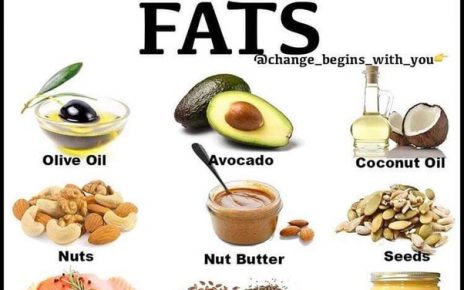Intermittent fasting isn’t just another diet trend—it’s a way of eating backed by science. From weight loss to improved brain function, the benefits are hard to ignore. But if you’re new to fasting, the idea of skipping meals might feel daunting. Let’s break it down.
What Is Intermittent Fasting?
At its core, intermittent fasting (IF) is about when you eat, not what you eat. It cycles between periods of eating and fasting—no calorie counting, no strict food rules. Just timed eating windows. Simple, right? Well, mostly.
How It Works (The Science Bit)
When you fast, your body shifts from burning glucose (from food) to burning fat for energy. This metabolic switch triggers processes like autophagy—your cells’ cleanup crew—and lowers insulin levels. Think of it as hitting the reset button for your metabolism.
The Benefits of Intermittent Fasting
Here’s why so many people swear by IF:
- Weight loss: Fasting reduces calorie intake naturally and boosts fat burning.
- Improved insulin sensitivity: Lowers blood sugar levels, reducing diabetes risk.
- Brain health: May enhance focus and protect against neurodegenerative diseases.
- Longevity: Animal studies suggest fasting could extend lifespan. (Human research is ongoing.)
- Heart health: Linked to lower cholesterol and blood pressure.
And honestly? The mental clarity many people report is almost addictive. No mid-afternoon crashes, just steady energy.
Popular Intermittent Fasting Methods
Not all fasting is created equal. Here are the most common approaches:
| Method | Fasting Window | Eating Window |
| 16:8 | 16 hours | 8 hours (e.g., noon–8 PM) |
| 5:2 | 2 days (500–600 cals) | 5 normal days |
| Eat-Stop-Eat | 24 hours (1–2x/week) | Non-fasting days |
| Warrior Diet | 20 hours | 4-hour feast window |
The 16:8 method is the easiest for beginners—skip breakfast, eat lunch at noon, dinner by 8 PM. Done.
Tips for Beginners
Starting intermittent fasting? Here’s how to make it stick:
- Start slow: Try 12-hour fasts (e.g., 8 PM–8 AM) before jumping to 16 hours.
- Stay hydrated: Water, black coffee, and herbal tea curb hunger.
- Eat nutrient-dense meals: Load up on protein, fiber, and healthy fats to stay full.
- Listen to your body: If you feel dizzy or exhausted, eat. Fasting shouldn’t be torture.
- Distract yourself: Hunger comes in waves—go for a walk or dive into work.
Common Mistakes to Avoid
Beginners often trip up on these:
- Overeating in the eating window: Fasting isn’t a free pass to binge.
- Ignoring electrolytes: Low sodium can cause headaches. Try bone broth or a pinch of salt in water.
- Quitting too soon: The first few days are tough. Push through—it gets easier.
Who Should Avoid Intermittent Fasting?
IF isn’t for everyone. Skip it if you:
- Are pregnant or breastfeeding
- Have a history of eating disorders
- Take medications that require food (like insulin)
- Are underweight or dealing with chronic stress
When in doubt, talk to your doctor. Better safe than hangry.
Final Thoughts
Intermittent fasting isn’t magic—but it’s a powerful tool. Whether you’re after weight loss, sharper focus, or just a simpler relationship with food, it’s worth a shot. And hey, if 16:8 feels too long? Start with 12 hours. The beauty of IF is its flexibility. Your body, your rules.




